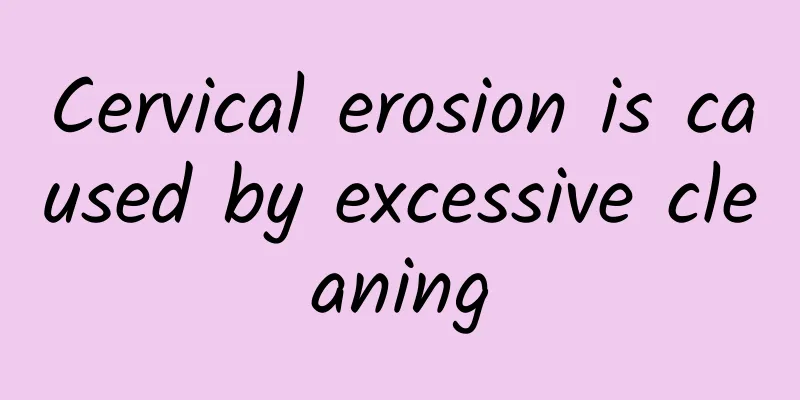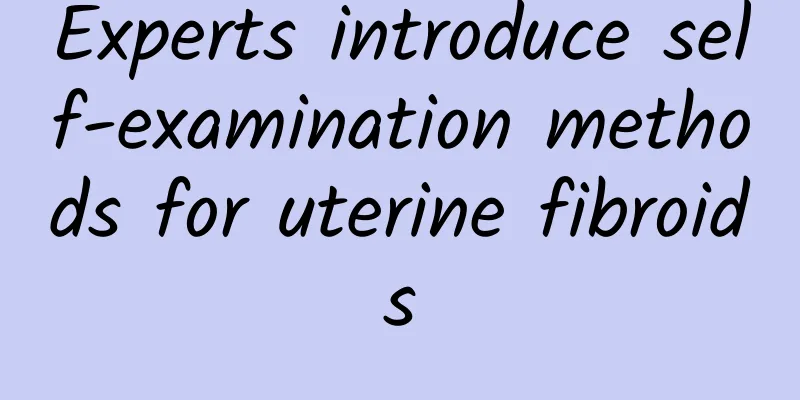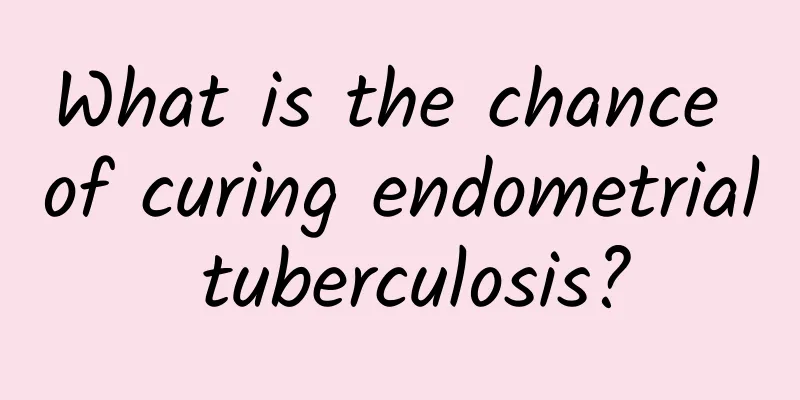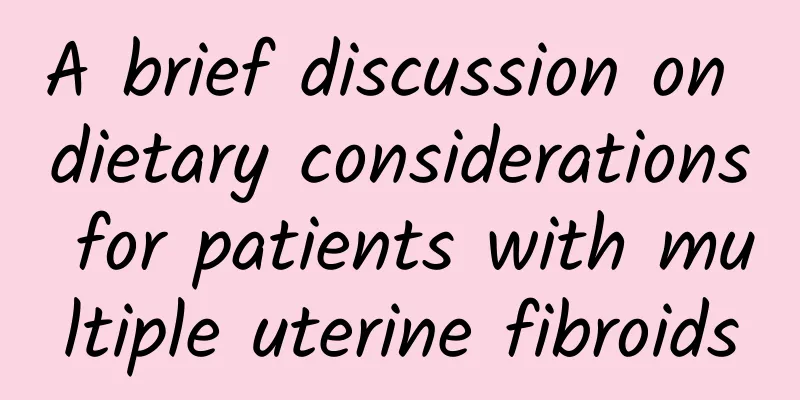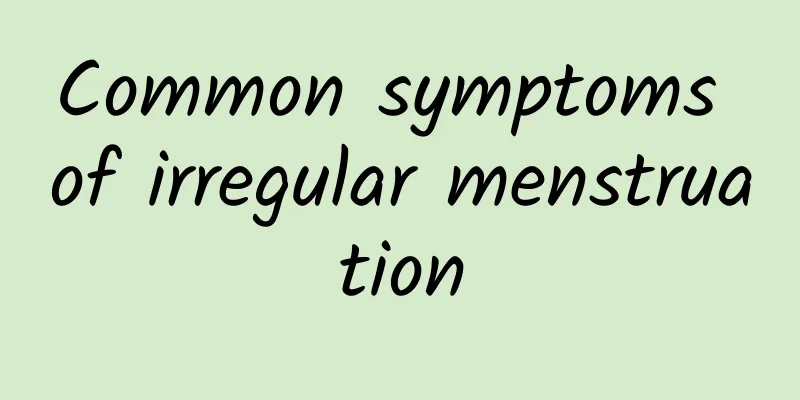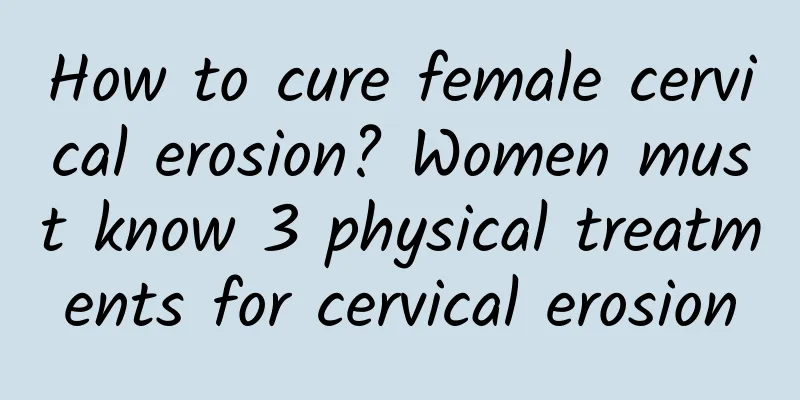The two most common treatments for uterine fibroids
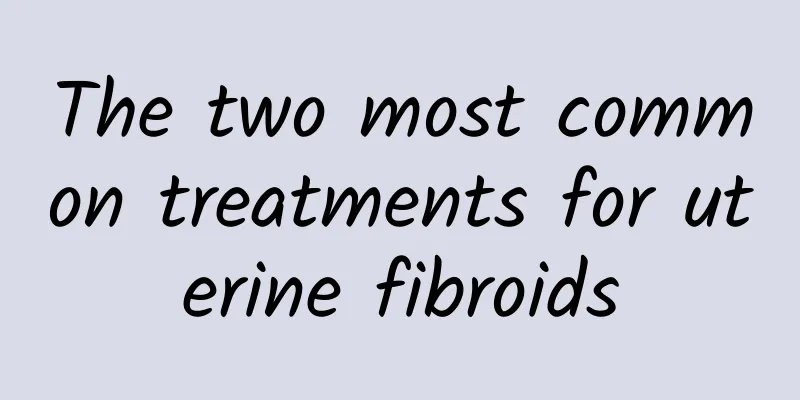
|
In clinical practice, different patients with uterine fibroids should choose different methods to treat uterine fibroids. It should be determined according to the growth of uterine fibroids to minimize the harm caused by the treatment of uterine fibroids. What are the common methods for treating uterine fibroids ? The following is a discussion of the common methods for treating uterine fibroids. In general, the common methods of treating uterine fibroids are: 1. Surgery for uterine fibroids This method of treating uterine fibroids must be chosen if the size of the fibroid is equivalent to a pregnant uterus of more than one and a half months. In addition, if the fibroid grows rapidly, obvious clinical symptoms appear, and the tumor protrudes into the abdominal cavity and has a tendency to twist, it should also be surgically removed. Of course, other indications such as severe anemia, heart disease, and general condition should also be considered when deciding on surgery. The surgical procedure can be determined based on the size of the fibroid, the age of the symptoms, and the patient's desire for fertility. 2. Conservative treatment of uterine fibroids Conservative treatment of uterine fibroids must meet the following conditions: first, the tumor does not exceed the size of a 6-week pregnancy; second, the patient is postmenopausal and asymptomatic; third, the patient is near postmenopausal and can use non-surgical treatment to reduce bleeding; and fourth, the patient cannot tolerate surgery. Conservative treatment of uterine fibroids mainly includes expectant therapy and drug therapy. (1) Expectant treatment: Patients aged 40 to 50 years and near menopause, with no obvious clinical symptoms such as excessive bleeding and pain. At this time, clinical observation can be performed for a period of time, with gynecological internal examination and B-ultrasound examination every 3 months. If there is no rapid growth of the tumor, and bleeding and pain symptoms are not aggravated, the uterine fibroids can be expected to shrink gradually as the age increases and the estrogen level decreases. (2) Drug treatment: The current conservative treatment of uterine fibroids is mainly based on drug treatment, which can avoid the pain and sequelae caused by surgery. If drug treatment is not ideal, minimally invasive or surgical treatment will be considered. Chinese herbal decoctions and Chinese patent medicines are used to regulate the patient's endocrine system and microcirculation in the body, regulate blood and qi, and dissolve blood stasis and resolve nodules, thus treating uterine fibroids from the source. The above is an introduction to the common methods of treating uterine fibroids. I hope it will help you understand uterine fibroids. If you suffer from uterine fibroids, you must go to the hospital immediately and actively receive treatment to avoid the condition from worsening and causing serious consequences. |
<<: Experts explain the causes of uterine fibroids in women
>>: Everyone should have a full understanding of the care of adnexitis
Recommend
Let's learn about the hazards of severe cervical erosion
"What are the hazards of severe cervical ero...
To avoid risks when reheating New Year dishes, heat them above "this temperature"! "Five Do's and Two Don'ts" to Prevent Food Poisoning
Have a healthy new year, starting with food safet...
Are there any sequelae of uterine fibroids?
Uterine fibroids generally do not cause serious s...
Why does my menstruation never end?
Why does my menstruation never end? Menstruation ...
What kind of chicken soup should I drink after uterine fibroid surgery? What kind of soup is the most nutritious after uterine fibroid surgery?
Uterine fibroids are a common gynecological disea...
Will female cervicitis lead to infertility? 3 types of methods for treating cervicitis in women
Female cervicitis causes infertility, so early de...
What causes menstrual lower back pain?
What causes menstrual lower back pain? Menstrual ...
Common clinical symptoms of pelvic inflammatory disease
What are the common clinical symptoms of pelvic i...
What should I do if I have uterine fibroids during pregnancy? How should I treat uterine fibroids during pregnancy?
Uterine fibroids are common benign tumors in wome...
What herbs can help uterine fibroids?
What herbs can help uterine fibroids? Uterine fib...
Under what circumstances will cervical warts recur?
As we all know, in order to cure the disease, it ...
Internet celebrity An Qiu shared her breakfast of fruit oatmeal porridge and demonstrated dynamic dance to flash into the street
In the summer, I am afraid of wearing cool clothe...
Causes of hyperprolactinemia in daily life
What are the causes of hyperprolactinemia in dail...
What are the dangers of chronic cervicitis?
Chronic cervicitis is the most common gynecologic...
Burst of heat! 4 purple glutinous peanut dumplings = 1 bowl of rice
The Lantern Festival is approaching, and Chinese ...


